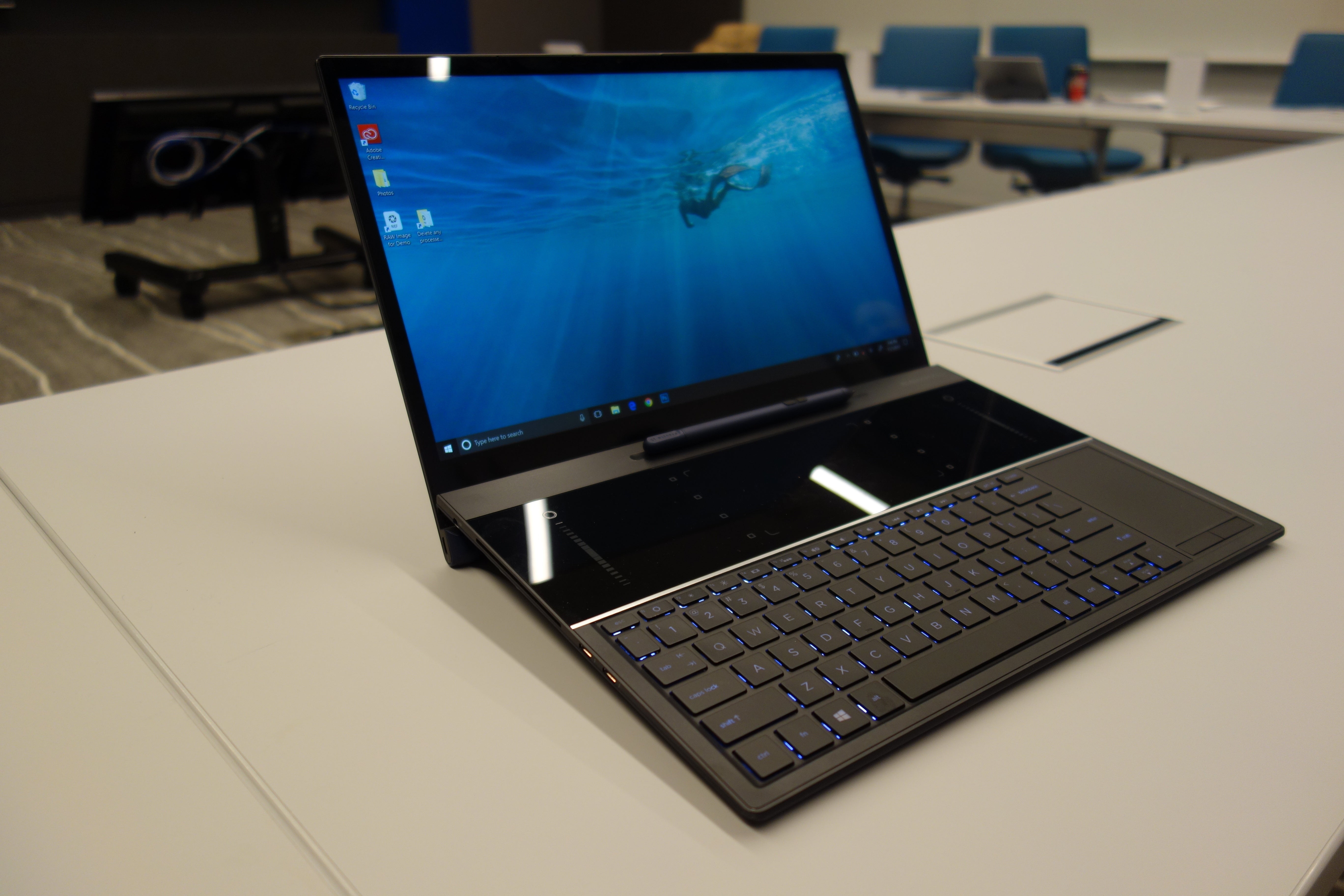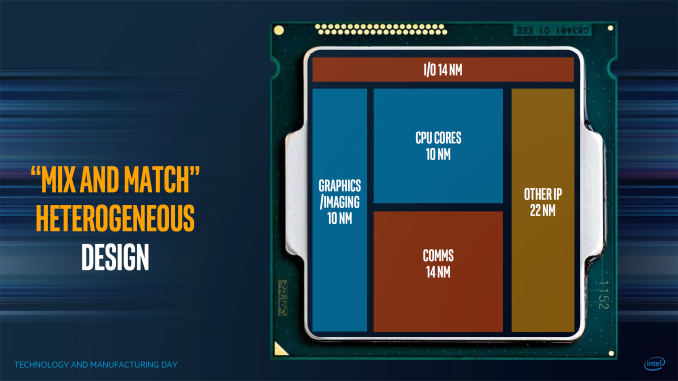muddymind
1st Folding then Sex
Sei que isto já foi falado por cá mas não encontrei o tópico.
Basicamente temos novo rumor deste suposto licenciamento:
EDIT: Post com a informação oficial
Basicamente temos novo rumor deste suposto licenciamento:
Intel is licensing AMD's graphics
Done deal
We can confirm rumours that Intel has given up on Nvidia written a cheque to licence AMD's graphics.
It looks like the veteran GPU editor Kyle Bennet was right when he first reported the rumour, however wild it sounded. We did have think about it and wrote about it several times. Intel needs a GPU license and the Nvidia – Intel licensing agreement has ended on March 17 2017, so Intel doesn’t have a license. It is more likely that Intel has a license from AMD but neither company has officially announced it.
Apple is licensing the GPU from Imagination technologies at least for the next eighteen to twenty-four months until it gets its own. Samsung, MediaTek use ARM or Imagination graphics IP but without of these two have a good desktop / notebook graphics. Qualcomm acquired a huge set of IP from ATI when it was known as Imagion, and was the foundation for the Adreno today.
Nvidia Intel's shotgun wedding ends in divorce
If you are in Intel’s shoes,there are two options, Nvidia or AMD. We know that Nvidia sued Intel and forced it into settlement and now that the shotgun wedding is over, Intel wants out. Nvidia and Intel had a lot of disagreements over the Nforce chipset and the licensing, that resulted with $1.5 Billion settlement that Intel agreed to pay for five years. It does tend to sour a marriage somewhat if you go to court BEFORE the honeymoon, or indeed the marriage.
AMD needs money and licensing is a healthy revenue stream that will keep it going for numerous of quarters. The licensing money usually positively affects the gross margin, again something that AMD desperately trying to improve.
AMD loves Intel
Raja Koduri, Senior Vice President and Chief Architect, Radeon Technologies Group worked at Apple and was working closely with Intel too. He probably played an important role in these negotiation.
It remains to be seen when it will be formally announced and when it will start affecting AMD’s bottom line. The cooperation and agreement will allow Intel to access AMD’s graphics Intellectual Properties and most things Radeonish,
AMD will weaken its position to fight Intel on in the integrated solutions, but licensing money should help overcome that issue. Despite that fact that these companies compete, they are close when it comes to graphics.
Of course, know when we know the existence of the deal, we will try to get more details about the potential new products and if the Radeon will get inside of the future Intel CPUs. Intel takes time to implement a new architecture.
EDIT: Post com a informação oficial
Última edição:





